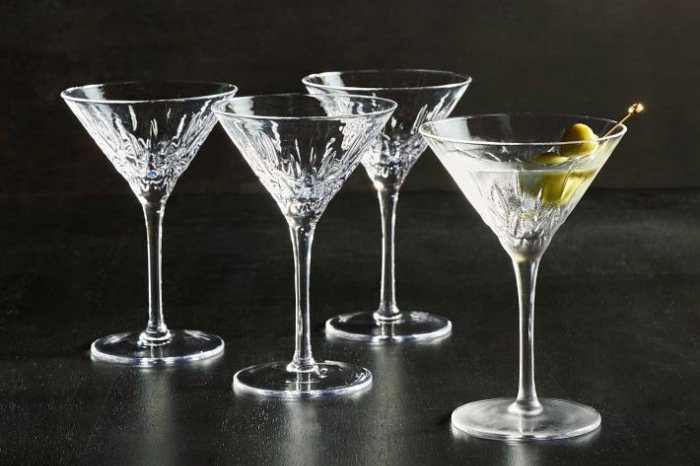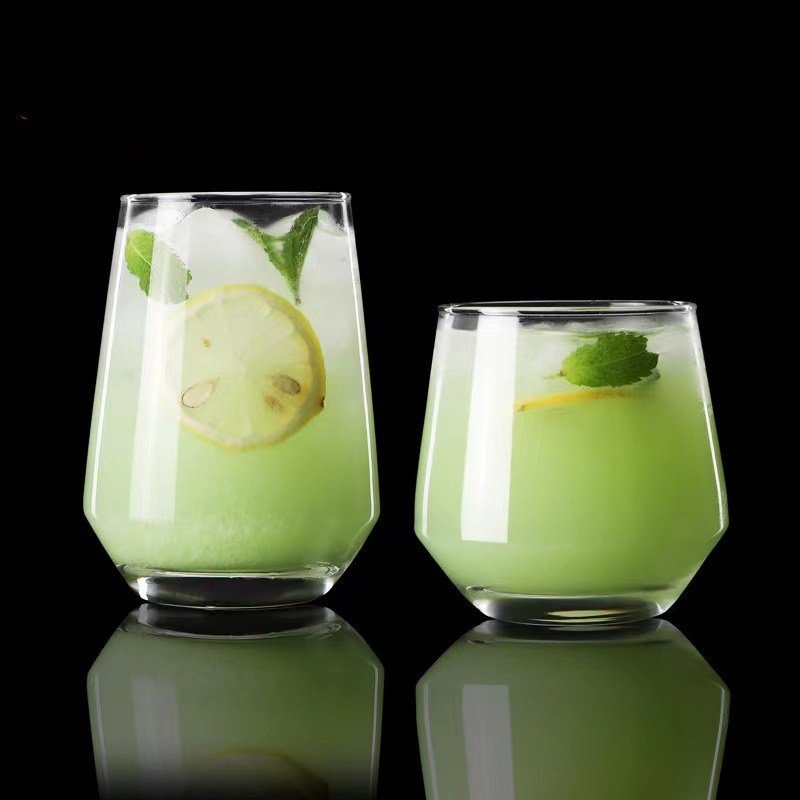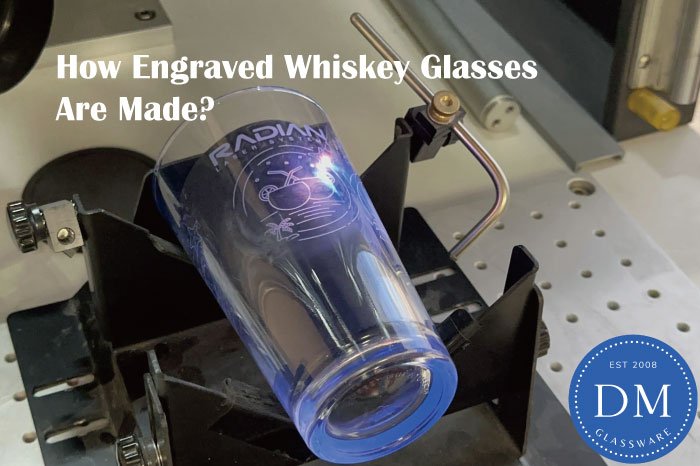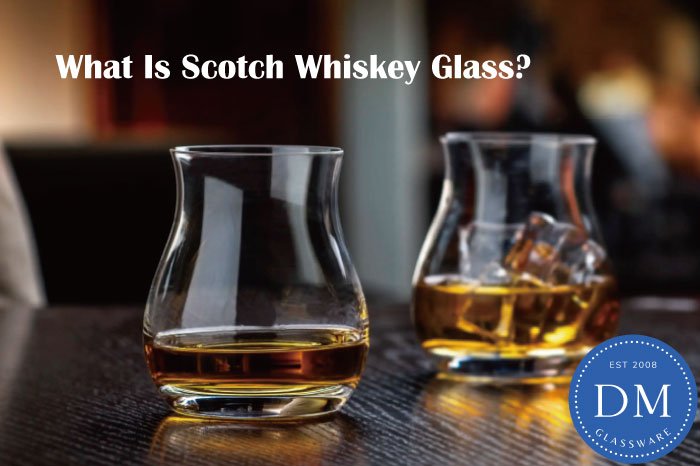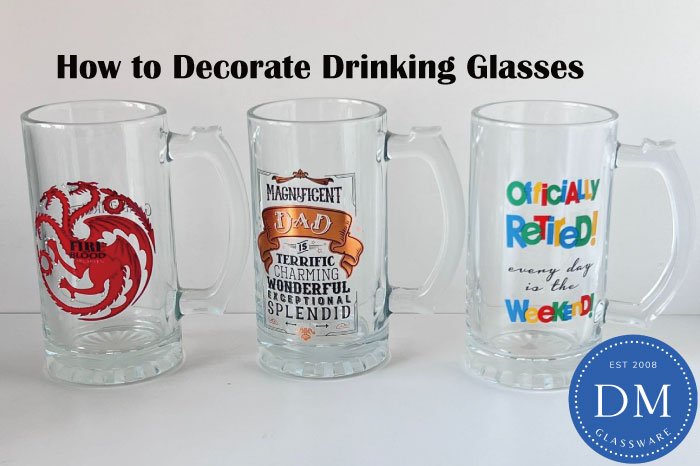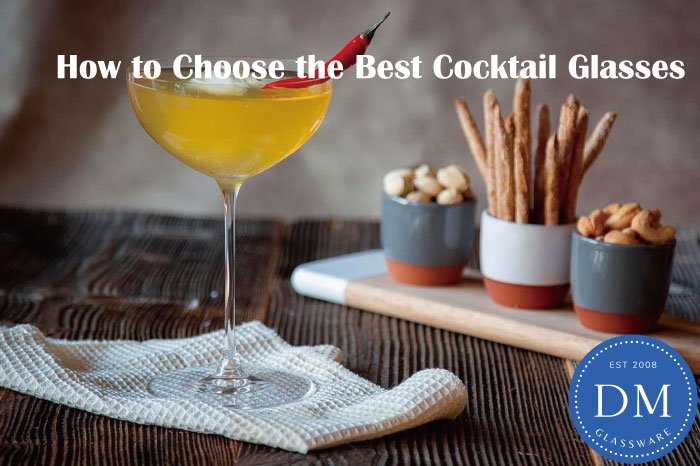
How to Choose the Best Cocktail Glasses: A Complete Buying Guide
Picking the wrong glass can ruin the best drink. A poor match means wasted flavor and less fun.
The best cocktail glass makes your drink taste better, feel right, and look good. It adds value to every sip.
There are many types of cocktail glasses out there. Each one has its own use. If you want to serve the best cocktails, you need to know which glass fits which drink. This guide will help you understand all the types, shapes, and materials. I’ll also show you what to look for when buying in bulk and how to get custom glasses for your business.
Why is it important to choose the best cocktail glasses?
The wrong glass can make a great cocktail look boring or taste weak.
The right cocktail glass enhances the aroma, taste, and presentation of your drink.
Why the Glass Matters
The shape of the glass affects how you smell and taste the drink. A martini glass lifts the scent. A rocks glass keeps things cool. A highball glass gives space for bubbles. Good glasses also show style. When I run events, clients always notice the glass first. It sets the tone for the experience. If the glass is wrong, the drink feels off—even if the recipe is perfect.
What Bad Glasses Do
Cheap or wrong-shaped glasses can:
Spill easily
Break fast
Feel awkward to hold
Hide the colors of the drink
Kill the bubbles in carbonated drinks
You don’t want that, especially if you care about quality and presentation. Choosing the best glass shows respect for your drink and your guest.

Cocktail glasses types
A beautiful drink needs a glass that suits it.
Each cocktail glass has its own use. Picking the right one depends on the drink you serve.
Martini Glass – iconic and stylish
The martini glass has a wide mouth and long stem. It’s perfect for chilled, shaken cocktails with no ice.
Best for:
Classic Martinis
Cosmopolitans
Lemon Drops
This glass helps release the aroma. It also looks stylish. But it’s not good for drinks with ice or fizz. It’s easy to spill if not careful.
Highball Glass – great for tall cocktails like gin & tonic
A highball is tall and narrow. It holds drinks with mixers and ice.
Best for:
Gin & Tonic
Rum & Coke
Mojito (can also go in Collins glass)
The tall shape holds bubbles and ice well. It’s a great choice for refreshing drinks.
Lowball / Rocks Glass – perfect for whiskey and simple drinks
A rocks glass is short and wide. It’s sturdy and strong. It’s perfect for sipping spirits or simple mixed drinks over ice.
Best for:
Old Fashioned
Negroni
Whiskey on the Rocks
This glass feels solid in the hand and makes your whiskey feel special.
Coupe Glass – vintage glam for shaken cocktails
Coupe glasses look like shallow bowls with stems. They bring a vintage feel.
Best for:
Daiquiri
Sidecar
Manhattan
They keep drinks cold and look classy. Unlike martini glasses, they’re less likely to spill.

Collins Glass – similar to highball, but slimmer
The Collins glass is like a highball but taller and slimmer. It’s made for bubbly cocktails.
Best for:
Tom Collins
Mojito
Paloma
The slim shape holds the fizz longer. It’s also easy to hold and stylish.
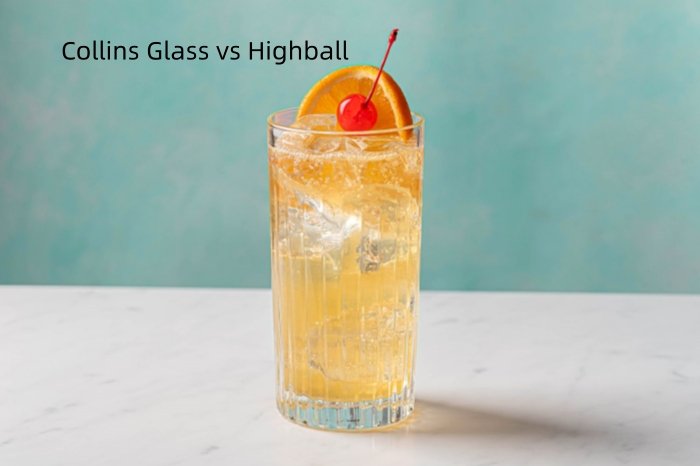
Wine & Margarita Glasses – do double duty
Some glasses can do more than one job. A wine glass can serve cocktails too.
Use Wine Glass for:
Sangria
Aperol Spritz
Wine-based cocktails
Use Margarita Glass for:
Margaritas (of course)
Frozen cocktails
This saves space and money. At events, I often use wine glasses for many drinks. It’s flexible and still looks good.

Whiskey Glasses (Glencairn, snifter)
These are made to bring out whiskey aromas.
Best for:
Single malt whiskey
Brandy
Cognac
They’re not for mixed drinks. But for tasting or sipping, they are perfect.
Tumbler vs. Stemware
Tumblers have no stem. Stemware has a base and a long stem.
| Feature | Tumbler | Stemware |
|---|---|---|
| Grip | Hand touches bowl | Hold by stem |
| Use | Casual, daily | Formal, elegant |
| Drink type | Whiskey, water, juice | Martini, wine, daiquiri |
| Heat effect | Warms drink faster | Keeps drink cold longer |
Choose based on drink and occasion.
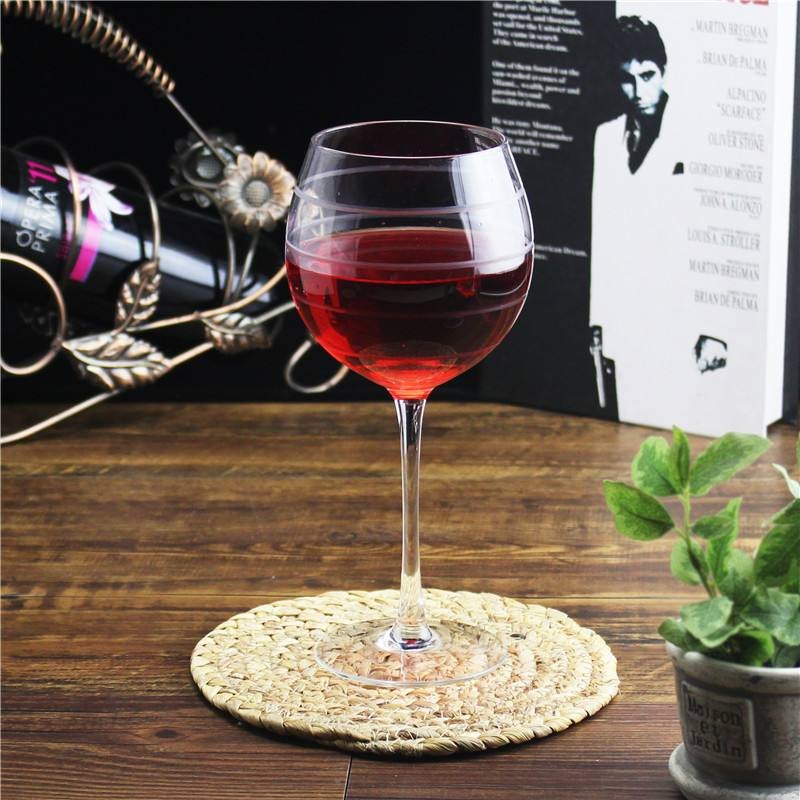
Stemware
Match the right cocktail glass to the cocktails
Every cocktail has a glass that fits it best.
Here’s a simple table to match drinks with the right glass.
| Cocktail | Best Glass Type |
|---|---|
| Martini | Martini Glass |
| Old Fashioned | Lowball / Rocks Glass |
| Mojito | Highball or Collins |
| Margarita | Margarita Glass |
| Whiskey Neat | Glencairn or Snifter |
| Tom Collins | Collins Glass |
| Daiquiri | Coupe Glass |
| Aperol Spritz | Wine Glass |
| Rum & Coke | Highball Glass |
Use this as your cheat sheet when planning a drink menu.
Materials of cocktail glasses
The main materials are soda lime glass, crystal, and borosilicate. Each has its pros and cons.
Soda Lime Glass
Most common
Durable and affordable
Heavier and less clear
Crystal Glass
Elegant, thin, and clear
Good for luxury or display
Expensive and fragile
Borosilicate Glass
Strong and heat-resistant
Light and modern
More costly than soda lime
| Material | Quality | Thickness | Weight | Best Use |
|---|---|---|---|---|
| Soda Lime | Standard | Medium | Heavy | General use |
| Crystal | High-end | Thin | Light | Elegant bars, fine dining |
| Borosilicate | Durable | Thin-medium | Very light | Modern or outdoor use |
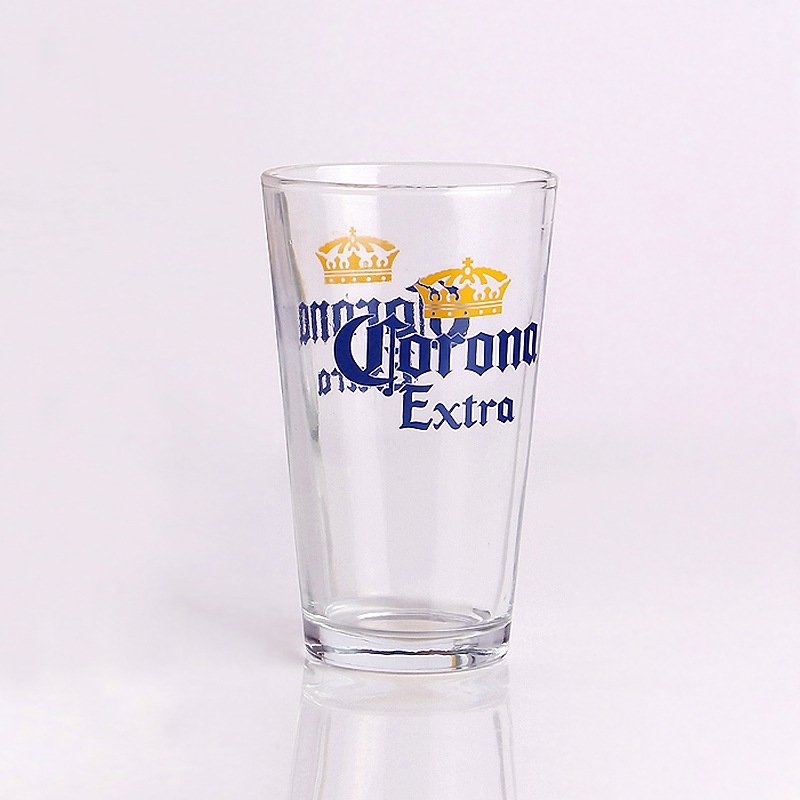
Soda Lime Glass

Crystal Wine Glass

Borosilicate Glass
Production options for cocktail glasses
Cocktail glasses can be either machine made or handmade. Each method has different benefits depending on your needs, budget, and style preferences.
If you’re buying cocktail glasses for a business, it’s important to know how they are made. This helps you decide which type fits your goals—whether you want something fast and affordable or something special and high-end. I’ve worked with both production methods, and I always choose based on the event, customer needs, and price targets.
Machine-Made Cocktail Glasses
Machine-made glasses are made using automated production lines. This method can produce thousands of identical glasses in a short amount of time.
Advantages:
Cost-effective: Machine-made glasses are cheaper to produce. If you’re buying in bulk for a restaurant, bar, hotel, or retail business, this helps you save money.
Uniform quality: Since machines do the work, every glass looks the same. This is good for branding, consistency, and stacking.
Faster production speed: Factories can make large orders quickly. If you need glasses fast for an event or seasonal promotion, machine-made is the way to go.
Easy to replace: If a few break, it’s easy to get replacements that match perfectly.
Limitations:
Less character or detail: Machine-made glasses are practical but may lack the fine details of handmade ones.
Heavier feel: They are often thicker and heavier for strength, which can make them feel less elegant.
In my experience, I always recommend machine-made glasses when the goal is scale and speed. They work well for everyday use, and the savings add up over time.

Handmade Cocktail Glasses
Handmade glasses are created by skilled artisans. They may be mouth-blown, hand-cut, or shaped with special tools, one at a time.
Advantages:
Unique and artistic: No two handmade glasses are exactly the same. This adds charm and a human touch to each piece.
Finer craftsmanship: These glasses often have thinner rims, better balance, and elegant curves. They feel special in the hand and impress guests.
High-end appeal: Handmade glasses are often seen in upscale bars, boutique hotels, or luxury events. They show attention to detail and style.
Limitations:
More expensive: Handmade glasses cost more because they require more time and labor.
Longer lead time: Since they are made by hand, production is slower, especially for large orders.
Slight variation: While many people see this as a plus, some may not want small differences between glasses.
I often suggest handmade glasses for clients planning weddings, high-end tastings, or unique product launches. They’re not just drinkware—they become part of the memory.

Side-by-side Comparison
| Feature | Machine Made | Hand Made |
|---|---|---|
| Price | Lower cost per piece | Higher cost per piece |
| Production Speed | Fast and large-scale | Slower and small-scale |
| Consistency | Identical pieces | Small variations between pieces |
| Appearance | Functional and simple | Elegant with artistic details |
| Feel in Hand | Thicker and heavier | Thinner, lighter, more balanced |
| Best For | Bars, restaurants, large orders | Luxury venues, gifts, branding |
Whether you choose machine-made or handmade cocktail glasses depends on your needs. For most business buyers, machine-made glasses offer great value. But when you want to impress or create a signature look, handmade glasses are the right choice.
How many ounces is a standard cocktail glass?
A standard cocktail glass usually holds between 6 to 8 ounces.
This is enough for a spirit-based drink served without ice. For drinks with ice or mixers, larger glasses are needed. Always match the glass to the volume of the cocktail recipe.
Does the shape of glass matter for cocktails?
Yes. The shape of the glass affects taste, aroma, and how the drink feels.
A wide bowl helps release aromas. A narrow glass keeps bubbles longer. A stem keeps your hand from warming the drink. Shape also controls where the drink hits your tongue first. This can change what flavors you notice most.
What to look for when buying cocktail glasses?
Before buying cocktail glasses, it’s important to look at more than just the shape. Good glasses feel right in your hand, look great with any drink, and last through many uses.
Whether you’re stocking a bar, planning an event, or selling glassware, the details really matter.
Key Things to Look For:
Balance and Stability
The glass should feel well-balanced when you hold it. It shouldn’t tip easily when placed on a flat surface. A solid, wide base helps prevent spills—especially important in busy venues or crowded events. I once had a whole tray of cocktails tip over because the glasses were too top-heavy. Never again.Clarity of the Glass
A good cocktail glass should be crystal clear. This makes the colors and layers of the drink stand out. Whether you’re serving a Negroni or a Margarita, clarity helps the presentation. Cloudy or tinted glass can make even a great drink look dull.Durability and Thickness
The glass should be strong enough to handle daily use. If it’s too thin, it may chip or break easily. If it’s too thick, it can feel bulky or cheap. Look for tempered glass or glasses labeled as break-resistant if you’re buying for a high-use environment like a restaurant or event hall.Rim Quality
A smooth, even rim is key for a good mouthfeel. Thin rims make sipping more comfortable and refined. Check that the rim has no rough spots or bubbles.Comfort and Grip
The glass should feel comfortable in your hand. Not too big or too small. For stemmed glasses, make sure the stem isn’t too thin or fragile. For tumblers, look for a good grip area. If you’re serving drinks in warm weather or with condensation, a grip-friendly glass helps prevent accidents.Size and Volume
Make sure the glass fits the cocktails you serve most. A rocks glass should hold at least 8 oz. A highball needs 10–12 oz. A martini glass should be around 6 oz to avoid spills. Serving drinks in a too-small or too-large glass changes the whole experience.Stackability and Storage
If space is limited, stackable glasses help. But stacking only works if the glass is designed for it. Otherwise, it leads to chips and breakage.Dishwasher Compatibility
Check if the glass is dishwasher safe—especially if you’re buying for a hotel, café, or catering use. It saves time and keeps your team moving fast.
What you need to consider when buying cocktail glasses in bulk?
When buying cocktail glasses in large quantities, price matters—but it’s not the only thing to think about. Bulk orders need careful planning. You want to make sure your glasses arrive on time, in one piece, and just the way you imagined.
I’ve helped plan many large-scale orders for hotels, bars, and events. From those experiences, here’s what I always look out for:
1. Unit Price
The cost per glass is important, especially when ordering hundreds or thousands. But watch out for deals that seem too good to be true. Sometimes, low price means poor quality or inconsistent sizes. It’s better to pay a little more for a glass that lasts longer and looks better.
2. Minimum Order Quantity (MOQ)
Different suppliers have different MOQs. Some accept as few as 500 pieces; others may require 2,000 or more. If you’re trying out a new design or running a smaller event, make sure the supplier offers a low enough MOQ for your needs.
3. Breakage Rate During Shipping
Glass is fragile. A good supplier knows how to pack glasses securely to avoid breakage. Ask how they handle packaging and if they offer replacements for damaged goods. One time, I received a shipment with over 100 broken glasses because the boxes weren’t double-layered. Always ask about protective packaging.
4. Packaging Style
Do you need bulk-packed glasses for storage or single-box packaging for retail? Some clients want printed gift boxes with logos, others just want safe shipping cartons. Make sure the packaging fits your purpose. If the glass is a gift item, a well-designed box can increase its value.
5. Lead Time and Delivery
Time is everything, especially in event planning. Always check how long it will take to produce and ship your order. Standard lead time is usually 20 to 40 days, depending on the customization. If you have a hard deadline, build in a buffer just in case.
6. Customization Options
If you’re adding your logo, changing the color, or ordering special packaging, check how long those steps will take and what they cost. Confirm the final design in writing before production begins. A small error in artwork or mold can cause big delays.
7. Reliable Communication
This is one of the most important things. Choose a supplier who responds quickly, gives clear updates, and solves problems fast. I once had a supplier who disappeared for 2 weeks during production—by the time they came back, we missed the shipping window. Now, I only work with partners who are responsive and transparent.
8. Certifications and Safety
If you’re importing to Europe or the U.S., make sure the glasses meet health and safety standards (like LFGB or FDA). This is especially important for glasses that touch alcohol or citrus.
Real-Life Example
One of my client made a large order for a hotel opening. They ordered 5,000 coupe glasses with custom gold rims. The factory had a delay, and shipping took longer than promised. They had to rent glasses locally for the event, which cost extra money and time. From then on, this experience taught him to always confirm timelines, request samples, and choose suppliers with a good track record. This is a story she shares with me after working with us.
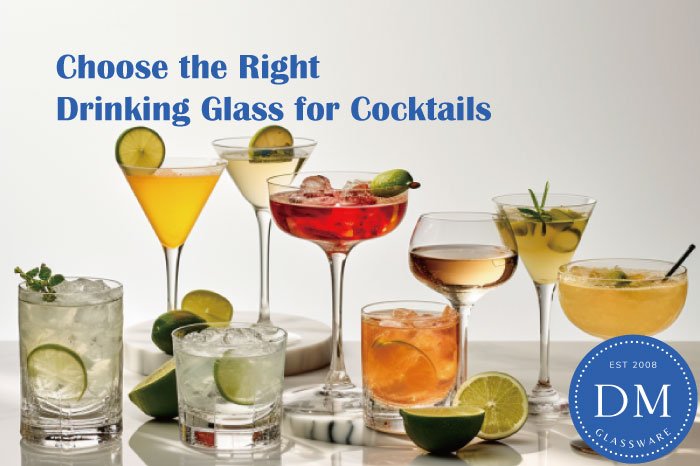
Custom cocktail glasses for your business
You can create cocktail glasses that reflect your brand style and make your drinks stand out.
Custom cocktail glasses help you leave a lasting impression. Whether you own a bar, run events, or sell branded merchandise, adding your own touch to your glassware can build stronger brand identity and customer loyalty.
I’ve worked with hotels, wedding planners, and restaurants who all wanted their glasses to say something about their business. Some needed elegant touches like gold rims or etched logos. Others needed a fun shape that matched their theme. With the right factory partner, it’s easier than you think.
What Can You Customize?
1. Shape and Size
You can choose from existing shapes or create a brand-new mold. Want a taller coupe? A wide-mouth rocks glass? A square base or curved lip? Factories can adjust dimensions to fit your drinks and style.
2. Logo Print or Engraving
Printing your logo is one of the most common requests. You can choose single-color or full-color prints, often using silk screen or decal methods. For a more premium look, logos can be etched, frosted, or engraved directly onto the glass.
3. Color and Surface Decoration
You can add:
Gold or silver rims
Frosted effects
Gradient or full-color sprays
Matte, glossy, or iridescent finishes
These touches make your glass look special and match your venue’s theme or brand palette.
4. Packaging Options
Custom packaging is a big deal for retail or gifting. You can order:
Plain white or kraft boxes
Full-color printed gift boxes
Window boxes that show the glass
Branded packaging with your logo, tagline, or event name
At DM Glassware, we often help customers design both the glass and the box together, so everything looks consistent and professional.

FAQ
What glasses are best for cocktails?
Martini, coupe, highball, rocks, and Collins glasses cover most cocktails.
Does cocktail glass shape matter?
Yes. Shape changes aroma, taste, and presentation.
What is the most universal cocktail glass?
The coupe or rocks glass works for many drinks.
What is a standard cocktail glass called?
Martini glass is often the “standard” in looks.
How much does a standard cocktail glass hold?
Usually between 6 to 8 ounces.
What is a low cocktail glass called?
A lowball or rocks glass.
What glass is used for a mojito?
Highball or Collins glass.
What glass should a margarita be served in?
Margarita glass with a wide rim.
What’s the difference between a martini glass and a cocktail glass?
Martini glass is a type of cocktail glass, made for shaken or stirred drinks without ice.

